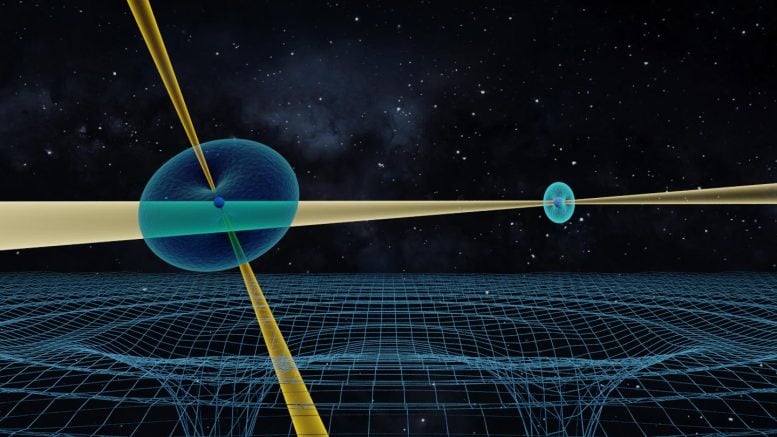Beit Guvrin, Israel. Courtesy of Wikimedia commons.
For decades, archeologists in Israel believed they had discovered an ancient synagogue on a road to Beit Guvrin National Park. But new research suggests the structure was actually a Roman temple.
This is the second such time a building excavated at the site was wrongly identified as a synagogue, as experts have worked to better understand the history of the region and the pagan populations that once called it home.
The edifice was discovered in 1991 in central Israel, according to Haaretz. Though the exact location hasn’t been disclosed by the country’s Nature and Parks Authority for fear of vandalism, the structure isn’t hard to spot for those who know what they’re looking for: sections of its walls can be seen sticking out from the weed-covered ground.
The summer marked the latest in a series of excavations conducted at the site since 2015. The effort led experts to upend previous theories about the building, including one, postulated in a 1991 book by archaeologist Zvi Ilan, which argued that the structure bared similarities to monumental synagogues in northern Israel from the Late Roman and Byzantine periods.
The leaders of the recent dig now believe the building was erected by the Romans in defense of the Bar Kochba revolt of 132 C.E.
“It certainly doesn’t have clear religious iconography like a menorah, for example, that would be typical of a synagogue,” Gregg Gardner, a University of British Columbia researcher who joined the excavation in 2017, told Haaretz.
“Neither the layout of the structure nor decorations indicate it might have been a synagogue. Instead, it has several characteristics of a non-Jewish ritual complex—it has a raised paved court leading to a hall at the far end that was elevated on top of a vaulted substructure.” READ MORE...



